What Is A Turnover In Basketball? We’ve Got the Answer for You!
You may have heard the commentators talking about the term “turnover” when watching a basketball game. It’s also a popular term used by many basketball coaches and professional players.
Through countless game-watching, you may have figured out that turnover indicates a bad thing in the game. So, what is a turnover in basketball?
If you are wondering about these questions, you have come to the right place! I will discuss the question and give you more insights on this issue.
Keep reading to learn more!
Contents
What Is A Turnover In Basketball?
So, “what are turnovers in basketball”?
The name of the term says everything about its meaning. Turnover is the “turn” and “over” words combined, which means to return the ball to the opponent because the player on your team has committed a foul or mistake.
When a player lets the opposite team take possession of the ball before the shot takes place, he is charged with “turnover.”
This concept was first invented and used by Jack Barry, but it wasn’t officially recognized by the ABA. Long after that time, the NBA officially used and recorded this concept in the 1967 – 1968 basketball season.
There are many causes of turnover. Here are some common examples:
- The player double-dribbles the ball before taking the shot
- The player commits an offensive, technical, or loose ball foul.
- The player didn’t follow the shot clock or step out of the bound.
- Intercepted passes or lost possession of the ball.
- 5-10 second violation when inbounding the ball.
What Is A Turnover In Basketball?
Types of Turnovers
There are various situations and causes that lead to turnover. Here are two main types of turnover to give you more insights into this popular term. They are known as forced and unforced turnovers.
Forced Turnover
Forced turnover happens when you lose possession of the ball. This practice is caused mainly by the opposite team’s defender, who created or “forced” the turnover to happen.
For instance, a point guard may lose the ball to the opponent’s defender when he dribbles up the court. When the player tries to pass the ball to the strikers, and the opponent defender steals it, forced turnover will also happen.
Forced turnover is very common, and it happens in basically any professional basketball game. Though it is a bad thing, forced turnover demonstrates the good concentration and great fundamentals from the defenders.
Unforced Turnover
Unlike forced turnovers, the unforced ones are mainly caused by committing fouls, violating the fundamentals, or doing the wrong techniques on the field.
For example, unforced turnover happens when you lose the ball and dribble it to the outside bound area. The other common causes are rule violation or passing the ball to a teammate, but it goes out of bounds.
Unforced turnovers are very silly mistakes, and the coaches always remind the players to avoid committing this practice. Sometimes it is the game changer that decides the result of an entire basketball match.
Why Is It Necessary To Record Turnovers?
The first time ABA recorded a turnover was in the season 1967. Nearly one decade later, the NBA started to record turnovers in every match, and the practice lasted until today.
Nowadays, many professional basketball teams record turnovers as an important factor in players’ benchmarks. These records help the team fix the false strategies and improve the players’ performance on the field.
Why Do Turnovers Happen?
The cause of turnovers can be attributed to many direct and indirect causes. In general, the most prevalent reason is the underperformance of the defensive players or the excellent defense of the opposing team.
Statistics indicate that players with poor benchmarks or low experience frequently cause turnovers. Sometimes the bad strategies from the coach are an indirect cause of turnovers.
The aesthetical defenses have more chance to intercept the passes from the opposite team’s strikers. The result of excellent defensive practices is usually forced turnovers.
However, the unforced turnovers are a different story. The common causes for this practice are lack of concentration or inexperience in performance on the field since they happen mainly from the mistakes and fouls of players.
This frustrating issue can be prevented with proper strategy and properly built-up fundamentals from players. It’s actually not hard to prevent turnovers, and the next section will show you why.
How to Prevent Turnovers
So, “how to reduce turnovers in basketball”?
Turnover is a frustrating thing that no player or coach wants to repeat. Sometimes it can change the result of one game and put the team into a disadvantageous position.
The most effective practice to prevent turnovers is remodifying players’ mentality and the team’s strategies. Good coaching and proper training should be implemented to increase players’ focus and performance on the field.
However, it’s impossible to eliminate turnover completely from the game because a small mistake or brief moment of unfocus can lead to this issue.
As a basketball coach, the most important priority is instructing players on “how to limit turnovers in basketball”.
Proper coaching on using technical angles and additional manipulation on the field is necessary. Plus, increasing the strategy is vital so the team can collaborate and work better as a united group.
Here is an example of turnover in real gameplay. Follow this video to find out!
FAQS
Who Had The Most TurnOver In Basketball History?
Lebron James is the player who had the most turnovers, with 4788 times throughout his professional career. The following players are Karl Malone and Moses Malone, with 4524 and 4264 times, respectively.
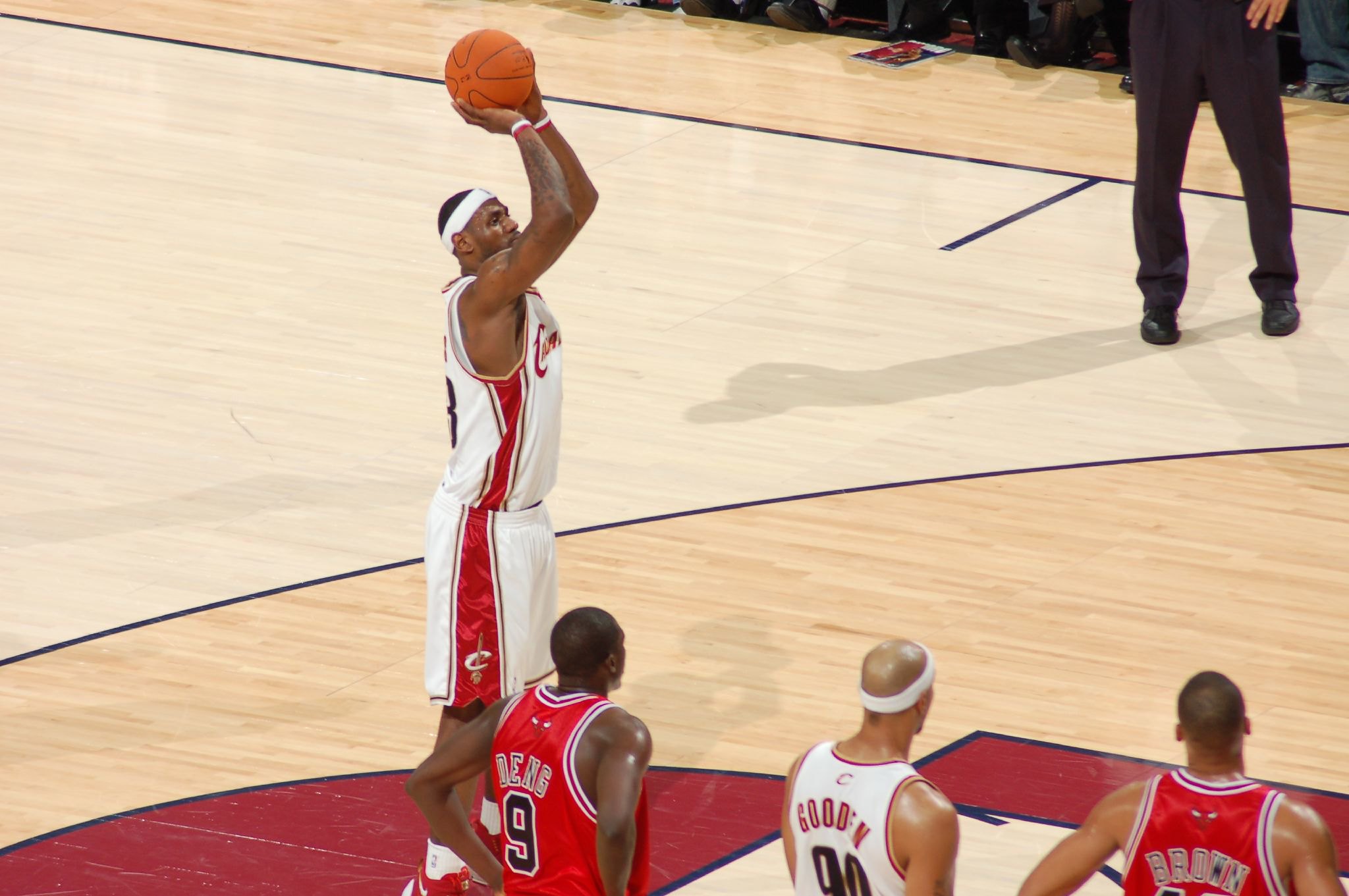
Who Had The Most TurnOver In One Game?
The team that had the most turnovers in one basketball match was the San Francisco Warriors. In the match against the Celtics on March 9, 1971, the team witnessed a total of 45 turnovers.
How Many turnovers Can A Team Have In One Single Game?
There is no set limit because turnovers can occur whenever a player commits a mistake or loses possession of the ball before the shots.
The average turnover time for professional games ranges between 10 and 20, while the most turnovers recorded in one match is 45.
Final Thoughts
“What does a turnover mean in basketball”? I hope that the answer in this post about turnover can satisfy you. If you have any further questions, feel free to let me know in the comment section.
Thank you for reading and have a great day!

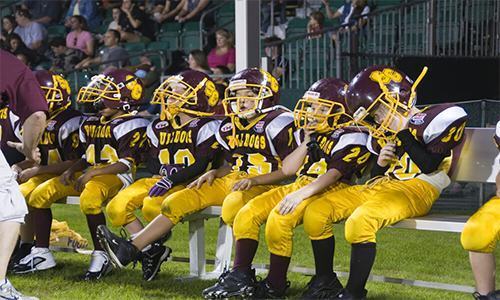

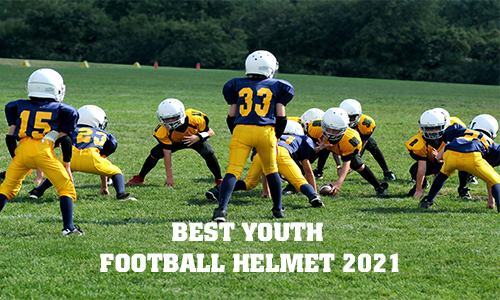
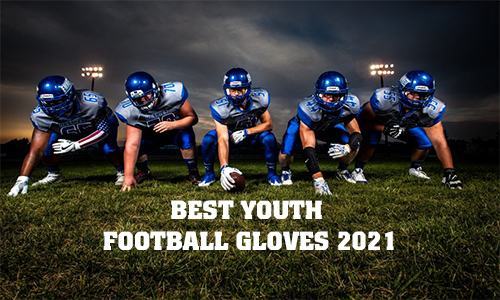
![[Top Rated] 10 best football gloves with best grip 2025 5 best football gloves 2021](https://www.scottfujita.com/wp-content/uploads/2021/03/best-football-gloves-2021.jpg)
![[Lastest Update] Top 10 Best Soccer Cleats For Kids 2025 6 Best soccer cleats for kids scott fujita](https://www.scottfujita.com/wp-content/uploads/2021/03/Best-soccer-cleats-for-kids-scott-fujita.jpg)

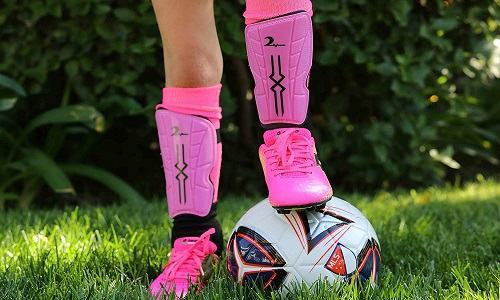


![[Top-Rated] The Best Basketball Shoes For Ankle Support 2025 11 best basketball shoes for ankle support scottfujita](https://www.scottfujita.com/wp-content/uploads/2021/07/best-basketball-shoes-for-ankle-support-scottfujita.jpg)

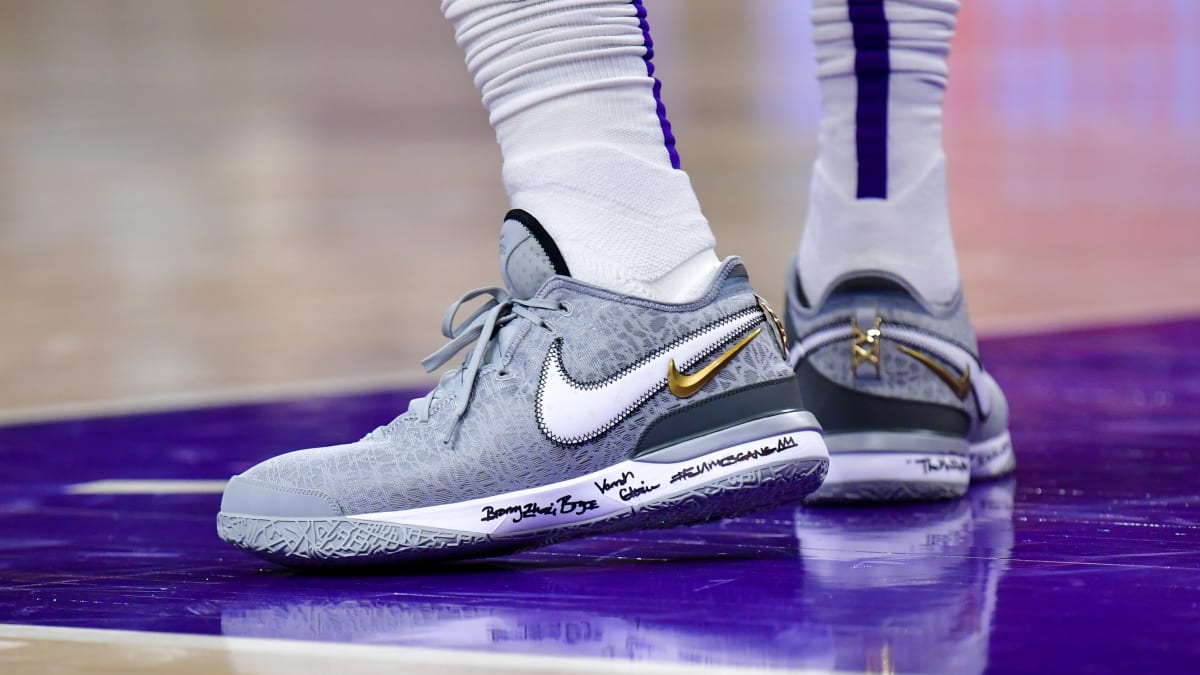
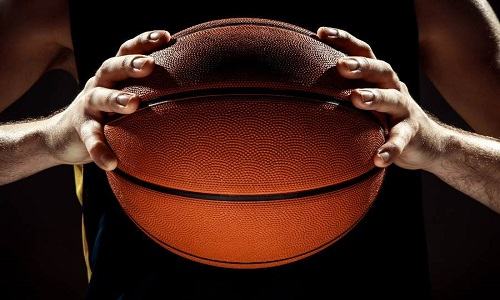

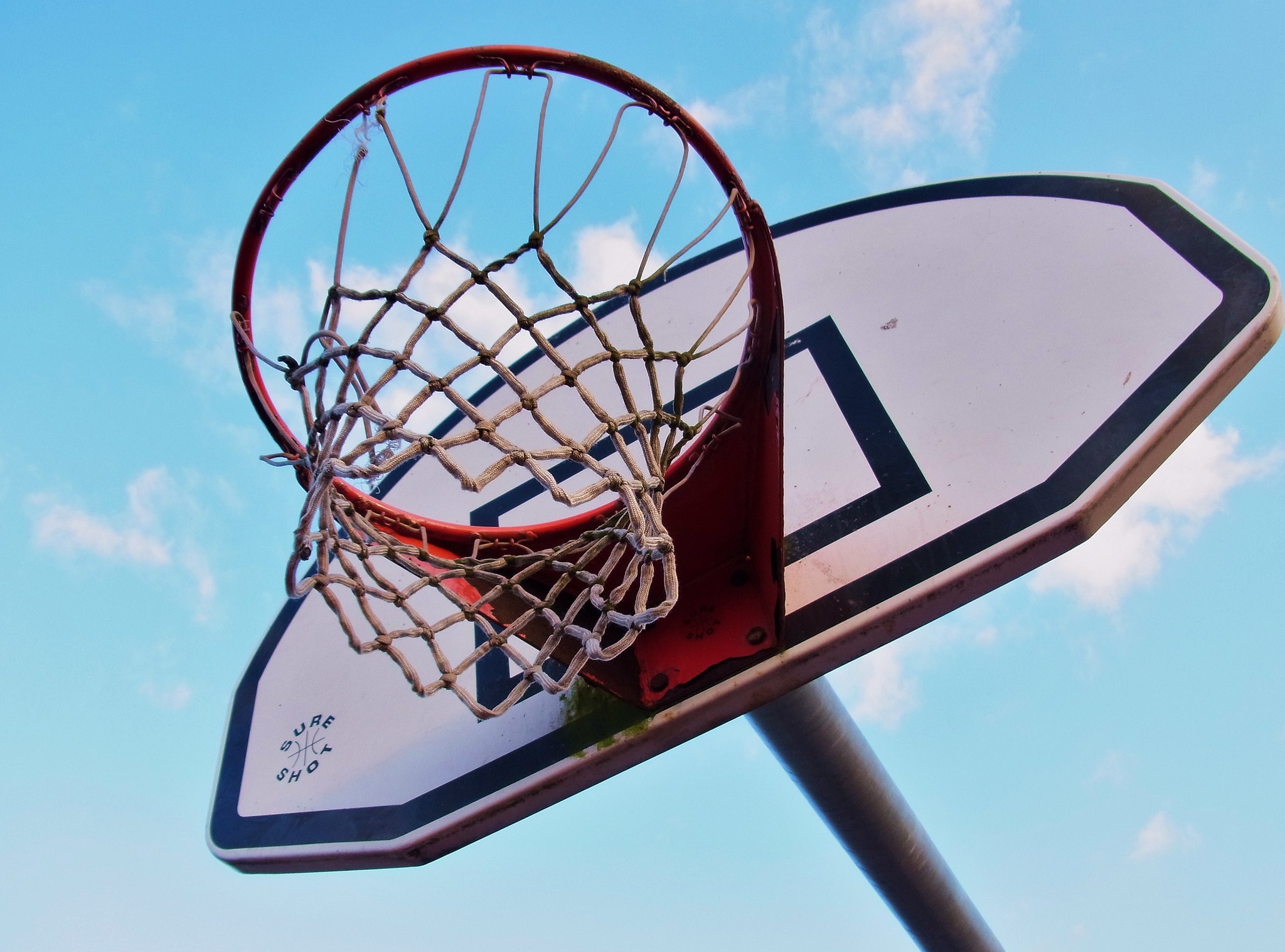

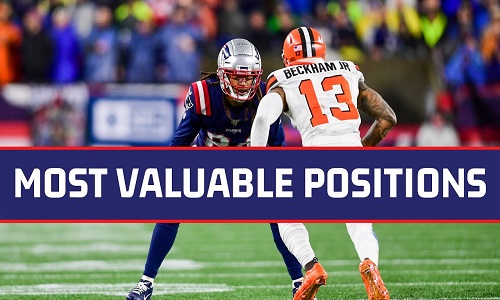

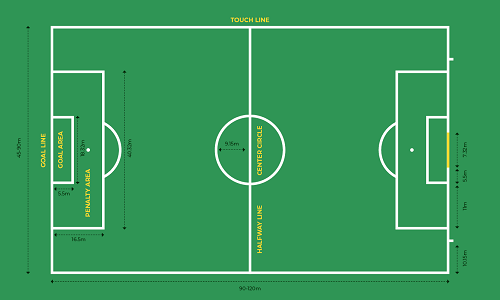
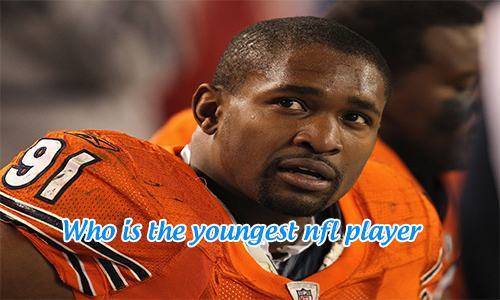
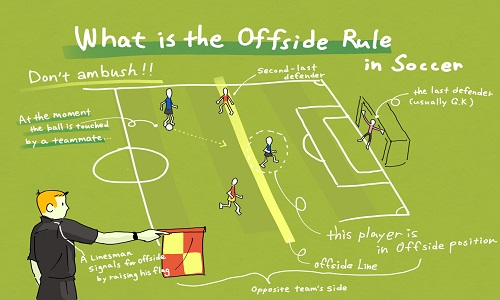
![What Are The 5 Positions In Basketball? [And Their Roles] 29 what are the 5 positions in basketball scottfujita](https://www.scottfujita.com/wp-content/uploads/2021/10/what-are-the-5-positions-in-basketball-scottfujita.jpg)
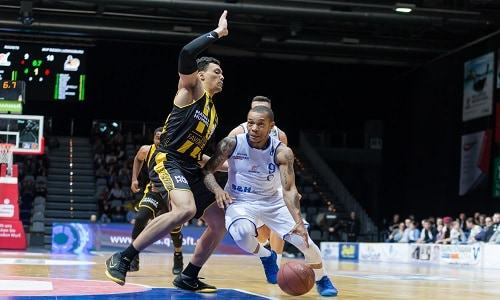

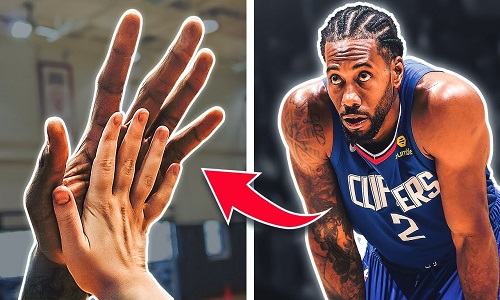
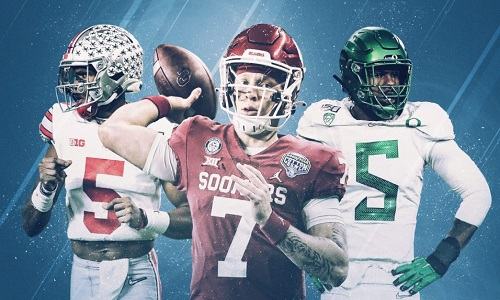

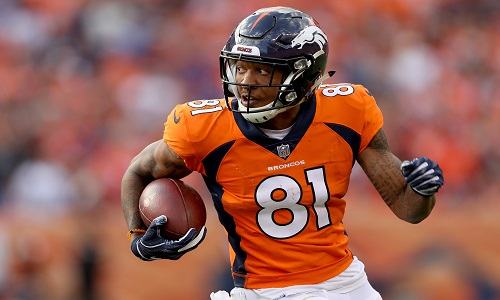
![Top 10 Best NBA Centers Of All Time [2024 Updated] 36 best nba centers of all time scottfujita](https://www.scottfujita.com/wp-content/uploads/2021/12/best-nba-centers-of-all-time-scottfujita.jpg)
![The Best Football Mouthguard 2024 [Reviewed & Compared] 37 best football mouthguard scottfujita](https://www.scottfujita.com/wp-content/uploads/2021/10/best-football-mouthguard-scottfujita.jpg)